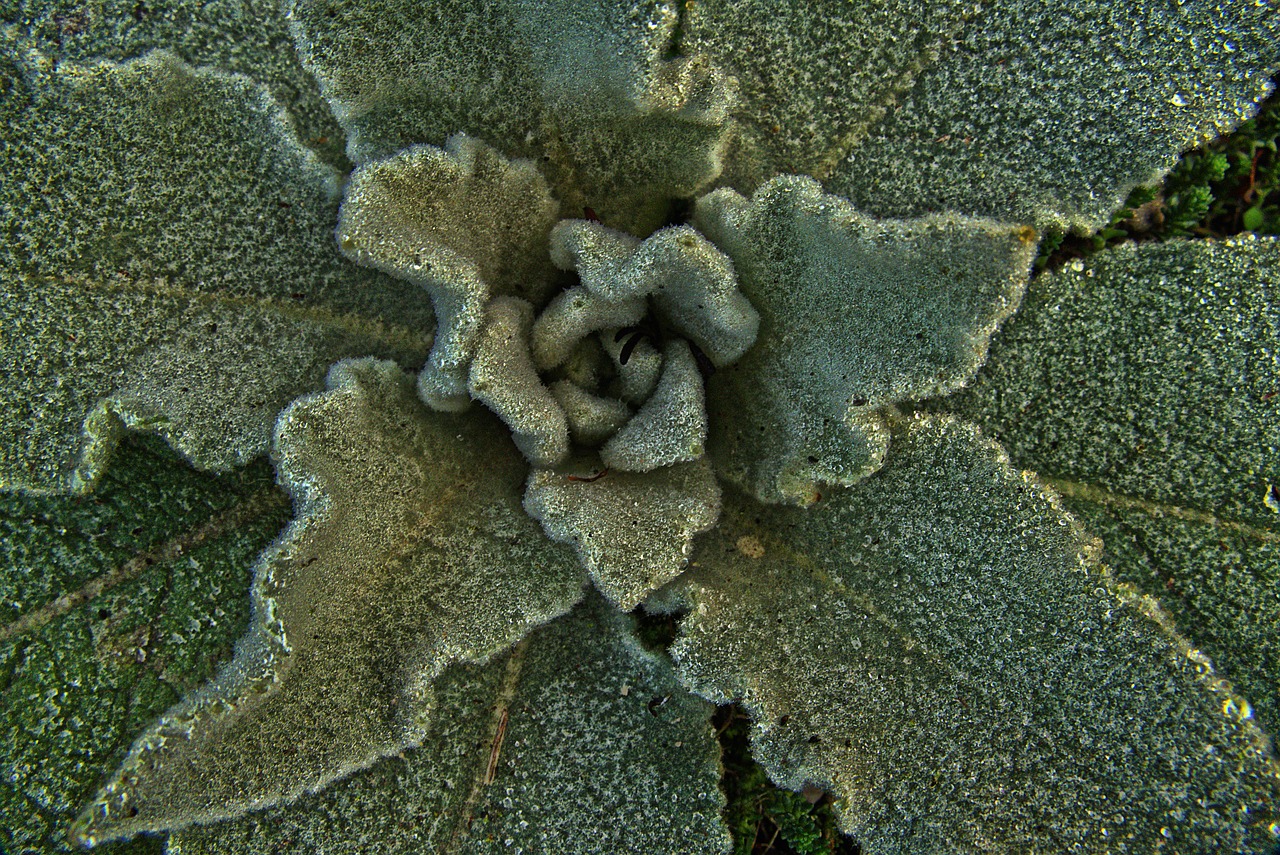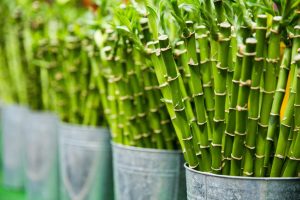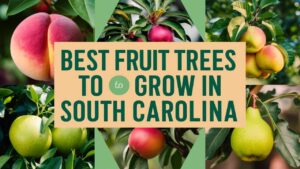Mullein, scientifically known as Verbascum thapsus, is a biennial plant known for its tall flowering spikes and fuzzy leaves. Traditionally, it has been valued for its medicinal properties and as a versatile herb in various applications. If you’re interested in harvesting mullein, whether for its flowers, leaves, or stems, this guide will help you understand the best practices and uses for this remarkable plant.
Understanding Mullein
Mullein is native to Europe and Asia but has become widespread in North America. It typically grows in disturbed areas, drought-prone landscapes, and along roadsides. The plant is known for its characteristic rosette of soft, velvety leaves in its first year, followed by towering spikes of small yellow flowers in its second year.
Benefits of Mullein
Before you begin harvesting, it’s important to recognize some of the benefits of mullein:
Medicinal Uses: Mullein has been used in herbal medicine for centuries. It is often employed for respiratory conditions, coughs, and as a natural remedy for ear infections. The leaves contain mucilage that can soothe irritation in the throat and lungs.
Traditional Remedies: In addition to its respiratory benefits, mullein has diuretic properties and can be used to support urinary health. The leaves can also be infused into oils for topical applications on the skin.
Support for Wildlife: Mullein is also valuable to the environment. Its flowers attract pollinators, including bees and butterflies, making it a wonderful addition to any garden.
When to Harvest Mullein
The timing of your harvest is crucial to extracting the most benefits from the plant:
Leaves: The best time to harvest mullein leaves is during the summer of its first year or the spring of its second year. At this stage, the leaves are still tender, large, and covered with a soft fuzz, indicating they are ready for use.
Flowers: Mullein flowers are typically harvested in mid to late summer when the spikes have formed, and the blooms are just starting to open. This is when the flowers are most fragrant and beneficial for infusions.
Seeds: If you’re interested in harvesting seeds, wait until the flowers have dried and turned to seed pods. This usually occurs in late summer to early fall after the flowers have fully matured.
How to Harvest Mullein
Follow these steps to harvest mullein effectively:
Gear Up: Wear gloves to protect your hands from the fuzzy leaves, which can irritate the skin. A sharp pair of scissors or pruning shears is essential for cutting.
Select Your Plants: Choose healthy, vibrant plants free from pesticides or pollutants. Make sure you have permission to harvest in public areas.
Harvesting Leaves: Cut the leaves at the base of the stem, taking only what you need. Younger leaves tend to have a better flavor and greater medicinal properties.
Collecting Flowers: Use scissors to snip off the flower spikes when they are in full bloom. Be gentle to avoid damaging the rest of the plant.
Gathering Seeds: Once flowers have faded, allow them to dry on the stalk. Collect the seed pods when they turn brown and dry.
Drying and Storing Mullein
Whether you’ve collected leaves, flowers, or seeds, proper drying and storage is key:
Drying: Lay the leaves and flowers flat on a clean, dry surface away from direct sunlight. Ensure there’s good air circulation to prevent mold growth. Drying can take several days to a week.
Storage: Once completely dry, store the leaves and flowers in airtight containers. Place them in a dark, cool area to prolong their shelf life. Dried mullein can last for about a year if stored properly.
Using Harvested Mullein
There are many ways to use harvested mullein:
Teas and Infusions: Steep dried mullein leaves in hot water for a soothing tea. You can also combine them with other herbs like chamomile or peppermint for added flavor.
Ointments and Oils: Infuse the flowers in oil to create a soothing ointment for minor skin irritations or earaches.
Smoking Blends: Mullein leaves can be used in herbal smoking blends for those who prefer a smokeable option. They are known to be mild and gentle on the lungs.
Final Thoughts
Harvesting mullein can be a rewarding experience, both for personal use and for contributing positively to your health and environment. Always remember to respect the plant and its habitat by harvesting sustainably and responsibly. With the right knowledge and care, you can enjoy the benefits of this remarkable herb all year long. Whether you’re making herbal remedies or simply appreciating its beauty, mullein is undoubtedly a plant that deserves your attention.





